School History Trips To Washington DC
Washington DC is America’s seat of political power, with its institutions, monuments and museums it reveals the history of the nation in a captivating way for young students of History.
Highlights
Guided tour of the Capitol, meeting place of the Senate
The vast collections of the Smithsonian Museums
Mount Vernon, George Washington’s plantation home
The Supreme Court & Library of Congress
Cramlington Learning VillageGood service, lots of communication prior to the trip, adapted itinerary to suit the group
Suggested itinerary
What's included*
*Please note, entrance fees and tips where applicable are not included in typical price – contact us for more details
Recommended excursions
Meeting place of The Senate and the House of Representatives, The Capitol is among the most architecturally impressive and symbolically important buildings in the world. Guided tours here begin with a short film and include stops at the Rotunda and National Statuary Hall. The Exhibition Hall displays documents, artifacts, and interactive exhibits.
Students can visit the courtroom, with its velvet drapes and marble pillars, where the nine court justices hear some of the 6,500 cases submitted to the Supreme Court each year. The Library of Congress is the largest library in the world, with nearly 128 million items, including historically significant manuscripts on around 530 miles of bookshelves.
Part of the Smithsonian Institution, this museum in Washington DC is one of three dedicated to the life, languages, literature, history, and arts of the Native Americans of the Western Hemisphere. The museum’s sweeping, limestone-clad architecture, its indigenous landscaping, and its exhibitions give students the sense and spirit of Native America.
Students can take a tour through the history of the colorful US nation at the National Museum of American History. The museum holds more than three million artefacts – all true national treasures. They include the original Star-Spangled Banner, Abraham Lincoln’s top hat, Dizzy Gillespie’s angled trumpet and Dorothy’s ruby slippers from The Wizard of Oz.
A living memorial to the Holocaust, this museum provides for the documentation, study, and interpretation of Holocaust history. It aims to inspire visitors to confront hatred, prevent genocide, and promote human dignity. It gives a powerful lesson in the fragility of freedom, the myth of progress and the need for vigilance in preserving democratic values.
Visit some of the monuments that honour those who helped shape the US nation. The Washington Monument is a towering 555-feet high marble obelisk, The Lincoln Memorial is a symbol of freedom, the Martin Luther King Jnr Monument promotes love and tolerance, while monuments to the Vietnam War, the Korean War, World War II commemorate those that died.
This military cemetery was established during the Civil War, and since then deceased veterans of America’s conflicts have been buried here, and their white headstones stretch out over 624 acres or rolling hills. A tour here can bring the military history of the United States to life. Don’t miss the elaborate Changing of the Guard Ceremony at the Tomb of the Unknown Soldier.
The plantation home of the first President of the United States, George Washington, lies just 16 miles south of Washington DC and is perfect for a day trip. Students can visit the Mansion, Washington’s Tomb, the plantation and estate, which includes a 4-acre demonstration farm.
Tip: Head to The Ford Orientation Center for exhibitions on George Washington’s life.
The Union victory at The Battle of Gettysburg was a turning point in the Civil War. It was also the war’s bloodiest battle with 51,000 casualties. Students can tour the battlefield and explore the significant sites of this dramatic event. There’s also a museum and visitor centre to gain background knowledge on the Civil War, and free ranger-guided programmes.
The National Archives in DC provides students with a unique opportunity to access the original documents that founded American democracy in 1774. View the US Government’s Charter of Freedom, the US Constitution, Bill of Rights and Declaration of Independence.
Featuring over 36,000 artefacts, the museum is dedicated to documenting African American life, history, and culture. Students will have access to a range of interactive exhibitions, explore what it means to be American, and understand how American values are reflected in African American culture.
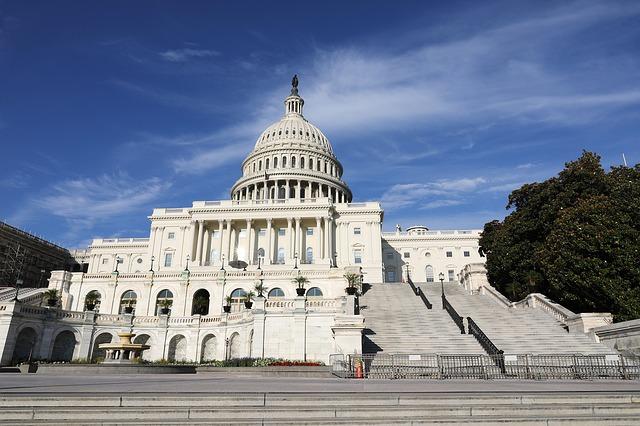
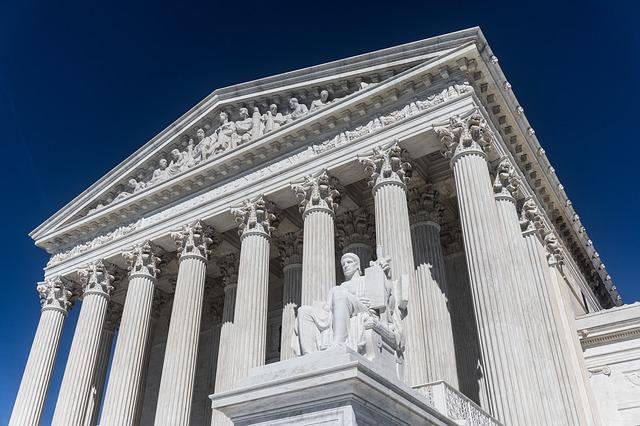
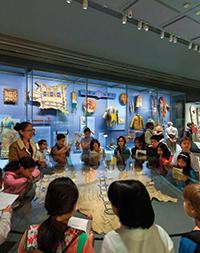
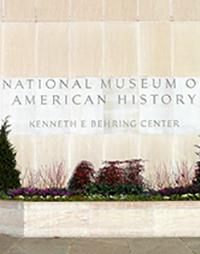
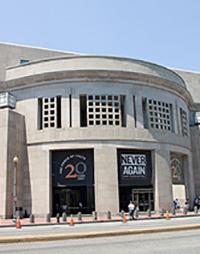
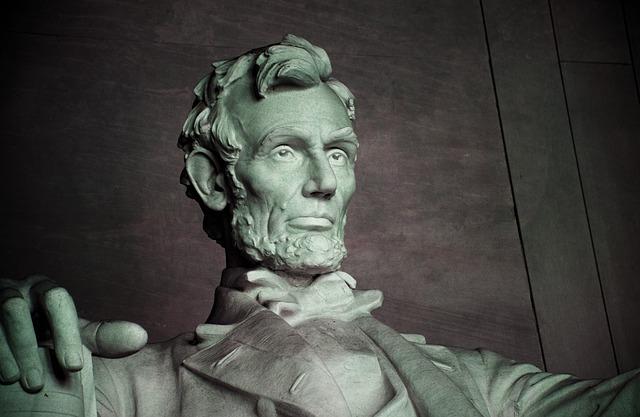
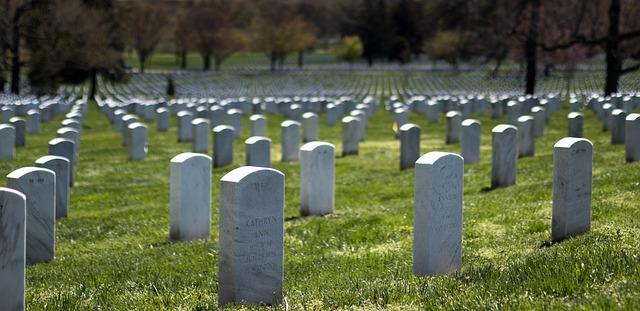
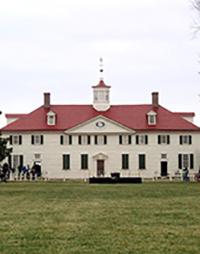
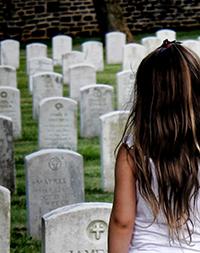
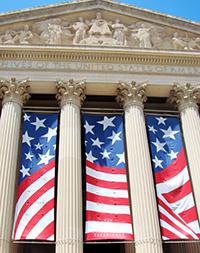
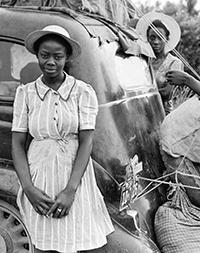
Typical accommodation
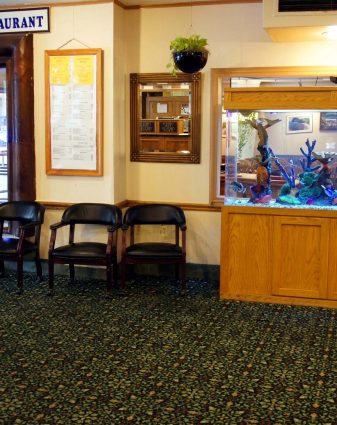
Why groups like it:
Facilities:
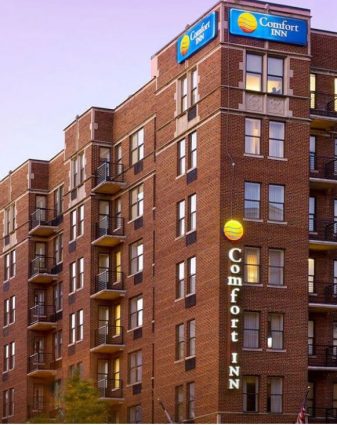
Why groups like it:
Facilities:
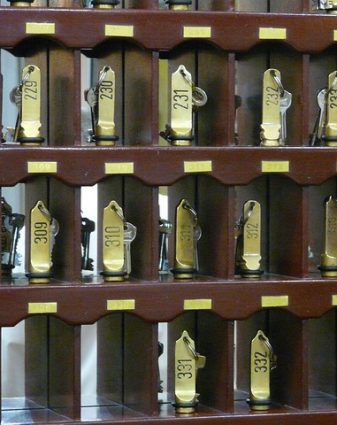
Why groups like it:
Facilities:
Learning outcomes
Subject focus
Students can:
- Gain a deeper understanding of American history and politics and the links to European history
- Observe in action the processes that shape political life in the US
- Compare political processes in Washington with those in the UK
- See the monuments to politicians and the museums dedicated to events that helped shape American political culture
- Visit international institutions to help understand their influence in policy-making
Student outcomes
Students will have had an opportunity to:
- Observe political processes in action
- Compare what happens in the US with processes in the UK
- See the sites of important events and decisions in US history
- Understand what influences the decision-makers
- Recognise the impact of globalisation on national decision-making
Related tours
Berlin has been at the centre of many key events in modern European History: WWII, The Cold War, the Fall of Communism and the reunification of Germany.
On a school History trip to Berlin, students can visit Berlin’s key historical sites that relate your teaching to subject-specific learning objectives such as WWII history and Cold War studies.
Your school History trip to Berlin will help your pupils develop an understanding of post-war Berlin and the context of the Cold War. They’ll get first-hand experience of the impact that the division of the city had and a deeper understanding of tensions that escalated between the East and West superpowers leading to the Cold War period.
Our excursions will touch upon historical concepts such as socialism, communism, ideology, propaganda and international conflict.
Connecting with history
With emblematic monuments such as the Berlin Wall Memorial, Checkpoint Charlie and the Tränenpalast, students can:
- analyse how heightened tensions between USSR and USA powers translated into physical boundaries
- explore how Berlin as a city encapsulates the antagonism between the communist and capitalist ideologies
- picture how this spatial division resonated within the divided German population and how this affected their lives
- give pupils perspective on concepts such as freedom of movement and fundamental liberties, and how these were challenged at the time
A personal perspective
A school History trip to Berlin will provide insights into how the German population lived during the Cold War. This will be explored interactively at the DDR Museum and Stasi Museum, with students:
- touching, holding and engaging with a range of objects and installations within the museum
- getting practical knowledge about the everyday life of the German population in the DDR and the realities of life under socialism
- understanding historical concepts such as continuity and change, similarities and differences
Take learning outside the classroom for your Key Stage 3 and 4 students and prepare them with critical analysis skills, practical case studies and real-life examples for their GCSEs.
With Travelbound, we can customise your trip to fit any learning requirements.



